 Trainers who have nothing to say aren’t really trainers. They may be entrepreneurs really. Quite frankly some have just learned how to make a buck with social media in particular and are good at jingoism. Or, to give them more respect, they could be speakers and even trainers who have sold good training tools, depending on how rich the content.
Trainers who have nothing to say aren’t really trainers. They may be entrepreneurs really. Quite frankly some have just learned how to make a buck with social media in particular and are good at jingoism. Or, to give them more respect, they could be speakers and even trainers who have sold good training tools, depending on how rich the content.
Let’s not confuse these people with people who have 30 plus years of experience and know how to handle an audience. The ones I’m talking about are people with a gimmick–a slogan–a buzz word–a challenge… I like this one “a secret” for success in doing something. When I hear “a secret” I always hear Charlie Brown’s sister, Sally, singing from his musical, “Why are you telling me” from “My New Philosophy.” It almost makes sense in a perverse way. If it is a secret, why tell a room full of people and advertise for more people. Well, of course, it’s the mystery of it all, the drama. It’s the same reason, we put numbers in our titles: to promote simplicity in today’s busy and complex world. A total fantasy.
Now, let me tell you what this is all about and you’ll see why my opening paragraph fits as well. I was going down a list of “entrepreneurs” on LinkedIn talking about their training sessions, the titles of which sounded like something you could learn in a conversation. There has to be more to this. It must be me who has lost touch with the real world, you see.
My most basic of presentations is on presenting. In the title, I use what my audience can’t imagine possible, tell them it is very possible and more when we’re finished, but I don’t promise them the world. There is mystery there and a hint that it will be more than the basics, which it is. It’s catchy, but not jingoistic. I can’t display it here for copyright reasons.
In a way, it’s as if social media has changed the art of selling what we do as the film trailers we see of blockbuster films. What we do is about as content filled as some of those blockbusters, filled with a lot bang instead. They are trying to reach the most audience possible. Whatever happened to target marketing? I guess it’s still there. After all, I see these ads.
So, it’s a tough line. We want to sell our products so how do we compete with those above; they do seem to be doing a bang-up business. They seem to have this social media thing wrapped up. We have to do the same thing. How can you tell the good ones from the bad ones? You can’t. But now you have spend as much as they do on social media, including web pages to sell your training products or services.
For those you have followed or read my blog before, you know that I comment on everything training and sometimes other subjects. Okay, I speak my mind, but I put myself in the same category: trainer or speaker, at least most of the time. I’m going to share some of the words of another blogger, Peter Watts, (Writer, Coach & Trainer, and author of The Presenters’ Blog) who I found interesting. He believes using “I” and “holding firm with your beliefs” will help your sell their product or service. Essentially, he’s talking about your boss’s presenters. More of Peter in PART II.
How many times have we seen the boring business presenter? Again, I’m not talking about the famous speaker who has a 30 year track record. And the company so proud because he or she gave out so much information, while audience is scratching their heads hoping for an e-mail address for a follow-up. I had tried for years to make a case for a subject matter expert along side a facilitator – trainer – communicator to make the presentation manageable. “Too expensive,” they said.
The other way, of course, is to train the SMEs to be better presenters. “You can train the SMEs for a presentation next week,” the managers said. Yeah, that’ll work. Or, even better, they completely ignore the trainer they have and hire one of those jingoistic people who will spew a lot rhymes, alliteration and buzz words rather really teach memorable techniques.
That doesn’t happen very often anymore since I retired. Besides university students, I have company/corporate executives who travel a lot and would like help tweaking a speech or performance. My clients believe company/corporate image is important, even internationally. Normally, I will travel to an office, usually a conference room, and watch a dry run of speech, or we may sit down and look at the wording of his or her speech. I’ll ask my client about his or her audience and see how my client addresses them. Often we smooth out language to make it more conversational.
I apologize for talking in generalities; however, my client list is confidential. I do have a similar example that might work instead. A true story as well.
When I moved to Portland, Oregon after visiting Japan, the local media kept calling me asking if the President was in trouble with the Japanese when he literally lost his lunch on a Head of State visit to Japan. Of course, I didn’t work for the President, but I had recently been in Japan and studied the culture since I was debating taking a job there. (I had sent out some news releases upon my return to do communication training.) I’m sure his own people told the President not to worry. In fact, the Japanese were more embarrassed than he that it happened on their turf. — End of PART I
Note. You may have read this blog article in its entirety earlier, but in hindsight I saw that it was much too long to be a single blog and made it two. There aren’t many changes, other than editorial to make it work this way.
Click here to continue directly to PART II, which talks about…
How to Enhance Business Presentations with Opinion, or How to Give Content Rich Program a Personality
For more resources about training, see the Training library.
A final reminder: I do have a website where you can find other items I have written, including coupons for my best selling, The Cave Man Guide To Training and Development and my novel about the near future, Harry’s Reality! You might even get them for free. Happy Training.



